

Last updated on

Aligning your content with media coverage can significantly boost conversion rates by shaping search behavior and establishing a pathway from media exposure to search queries and website visits.
The most impressive conversion rates and highest quality leads I’ve observed in SEO and content marketing have come from integrating these efforts with a robust digital PR strategy, thereby constructing effective conversion funnels.
Are SEO and content marketing integral parts of your marketing strategy? Are you experiencing low conversion rates? Is your SEO initiative falling short of delivering meaningful business outcomes or driving conversions?
These three strategies for optimizing funnels have the potential to transform the effectiveness of your overall program by creating a synergistic PR & SEO funnel.
Article Summary:
Integrating digital PR with SEO can amplify conversion rates by maintaining cohesive messaging that guides audiences seamlessly from media exposure to active engagement and conversion on websites.
Strategies for optimizing funnels: This piece outlines three methods to elevate SEO effectiveness through content:
Marq’s Brand Consistency report revealed that 68% of businesses attributed revenue growth of 10% to 20% or more to consistent brand messaging.
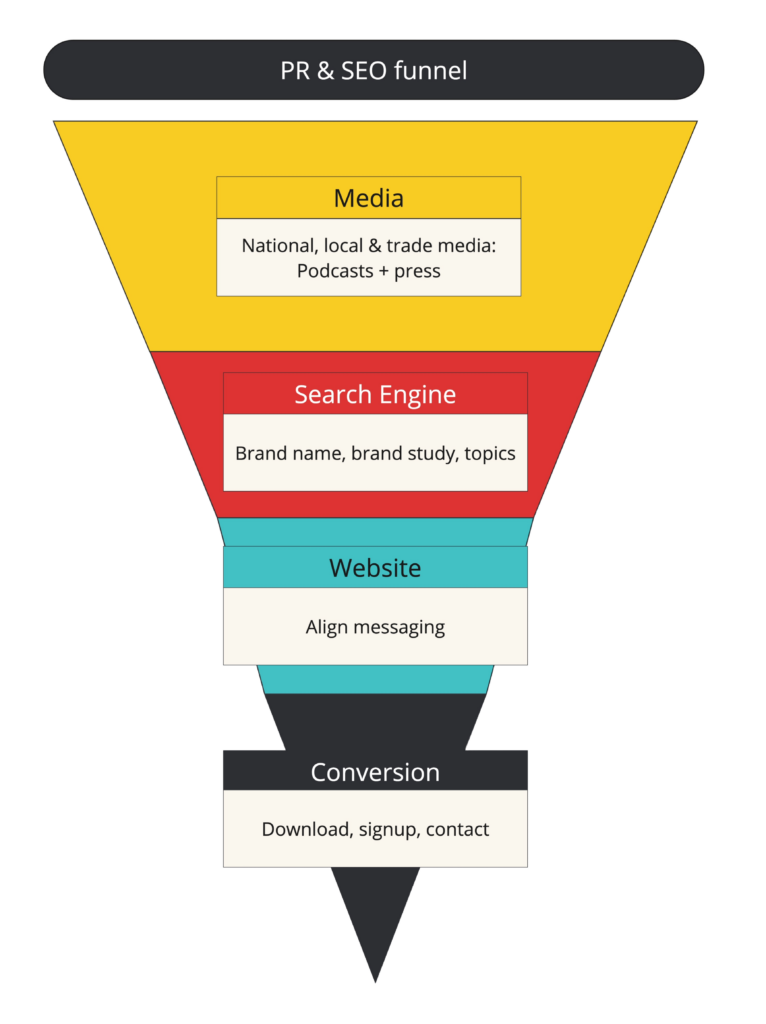
When optimizing content for digital PR, the goal is to establish uniform messaging that guides audiences seamlessly from media exposure, through search engines, to targeted web pages, and ultimately to conversion.
Media serves as the starting point of the funnel, leveraging its influence to generate demand and interest in a particular concept or offering.
For instance, creating an industry trend report that highlights opportunities or addresses significant pain points for a specific audience can be highly effective. Given media’s affinity for data-driven insights, these reports can attract substantial media coverage.
The media coverage subsequently triggers searches for keywords that your website strategically targets. These keywords could include your company or product brand names, innovative concepts, or terms where you have established dominance.
Keywords that you effectively own typically generate significantly higher click-through rates (CTR) compared to other keywords.
For instance, branded keywords can achieve CTRs of up to 60%. Users searching for these terms are often more inclined to engage further, such as by submitting their email to access a document or initiate contact.
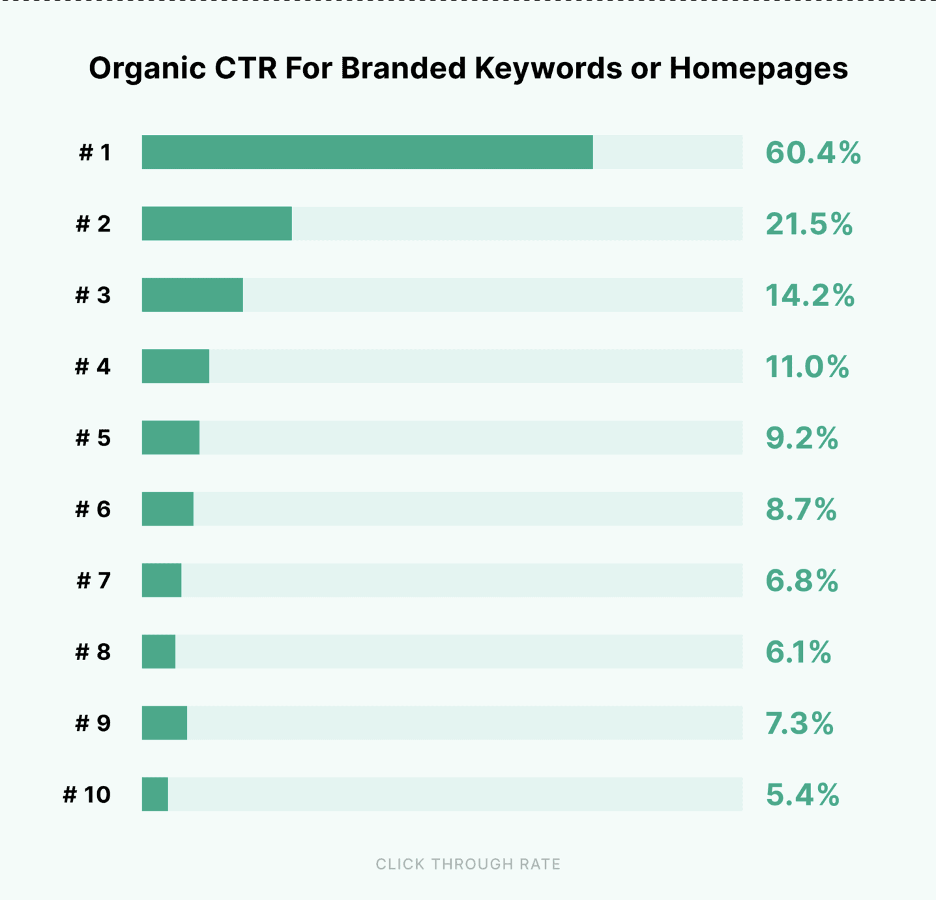
Rather than delving into content optimization strategies for these funnels, let’s explore practical examples that illustrate their impact.
Here are three effective methods for optimizing content that can revolutionize your SEO approach.
Develop a funnel from your data by optimizing the report’s title and leveraging it in a digital PR campaign centered around data.
This strategy establishes a pathway from media exposure, through search engine visibility, to website conversions by claiming ownership of your “state of the industry” report or introducing a study branded uniquely.
Audiences frequently encounter mentions of the report in media outlets, blogs, or podcasts, prompting them to search for it on Google or click on the report link.
HubSpot and Conductor are notable examples of companies that have successfully created impactful reports that capture attention.
Every year, HubSpot releases its “State of Marketing” report, which consistently garners numerous backlinks and brand references.
The report explores diverse topics and marketing trends that influence decision-making for marketers, ranging from leveraging AI to identifying the most effective social media platforms for ROI.
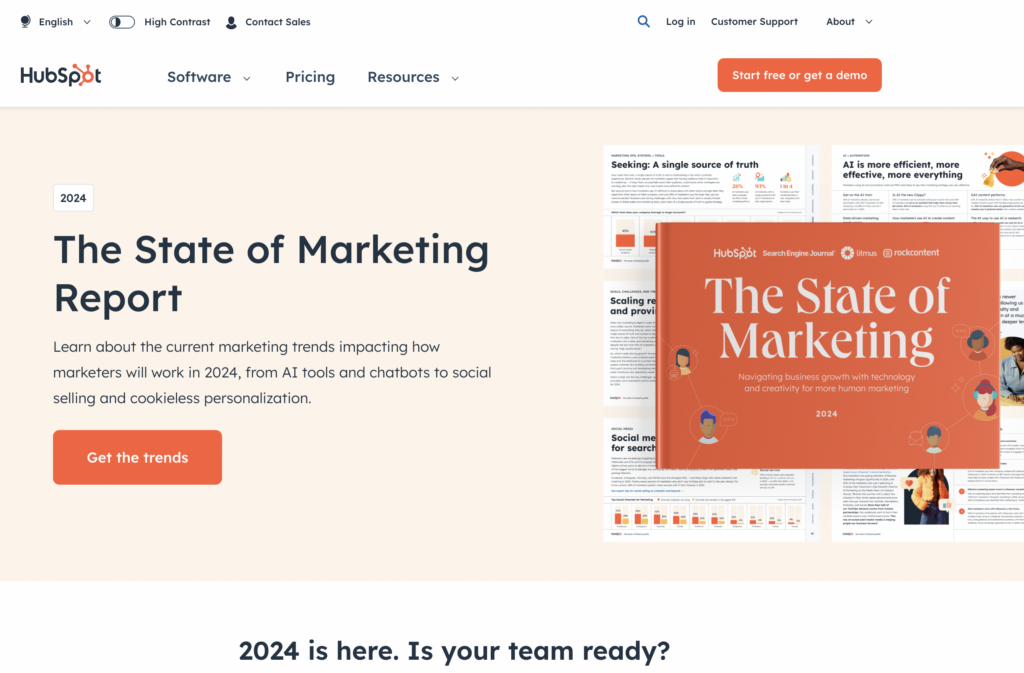
According to Semrush, the report’s URL has attracted backlinks from 7,400 referring domains. A quick Google search using the operator “hubspot” and “state of marketing” -site:hubspot.com reveals a substantial number of brand mentions associated with the report.
These brand mentions encourage audiences to search for the report on Google and subsequently download it from HubSpot’s website, demonstrating a straightforward yet powerful funnel.
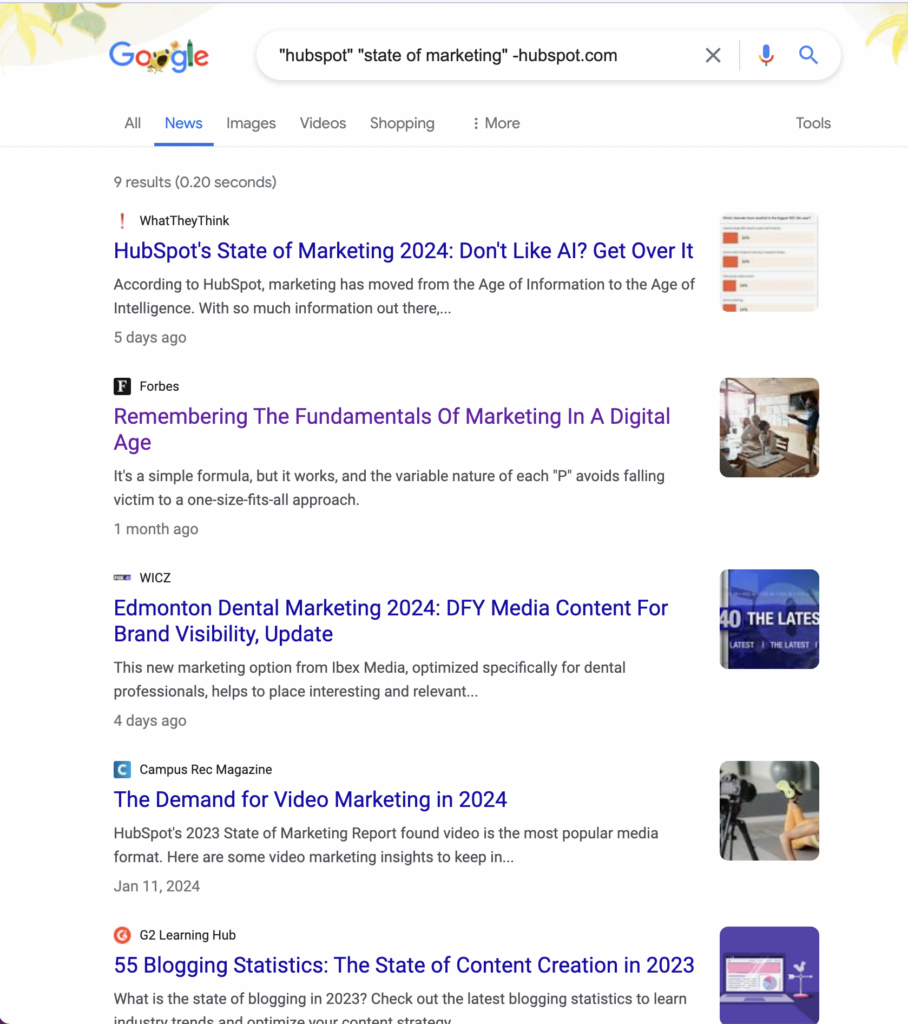
Conductor, a leading enterprise SEO software provider, publishes an annual “State of SEO” report based on surveys conducted with more than 400 digital marketing, SEO, and content marketing professionals to uncover actionable insights.
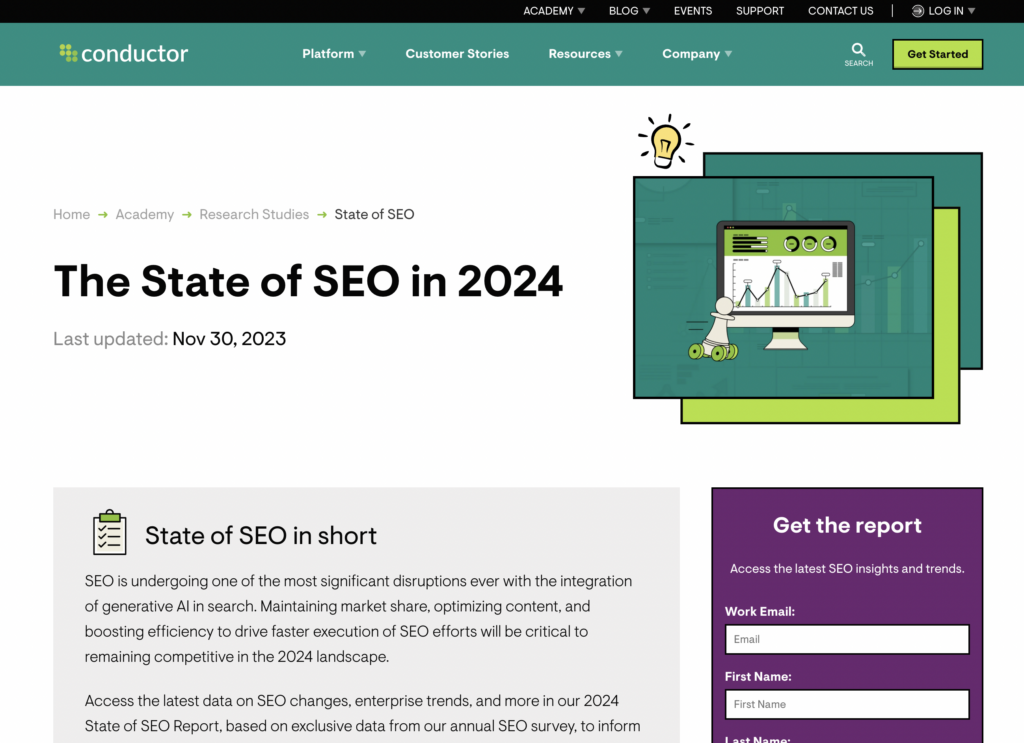
This report from Conductor garnered both a brand mention and a direct link from entrepreneur.com, potentially prompting clicks or brand searches.

I particularly favor branded studies as effective funnels because these reports can be named and tailored specifically to target a particular persona or audience segment.
This is my preferred method for combining digital PR and SEO because it has the power to render competition insignificant.
“Category design” is a tactic that centers around establishing and leading a new market category or strategy. This method includes developing fundamental training materials to assist your audience in recognizing and leveraging the benefits of your approach.
The foundational content should achieve high rankings in search engines for the category name. Afterwards, digital PR is employed to generate demand and generate interest in this category.
Drift exemplifies tremendous success through this strategy.
I often cite Drift’s approach to category design whenever I participate in planning sessions aimed at identifying or creating a new category.
Drift, originally a chatbot, strategically markets itself as a “conversational marketing” platform. Its functionality involves customizing website chat interactions based on the buyer’s journey stage and qualifying leads.
By pioneering the “conversational marketing” category, Drift has positioned itself as the leading platform in this domain, evident from its primary navigation.
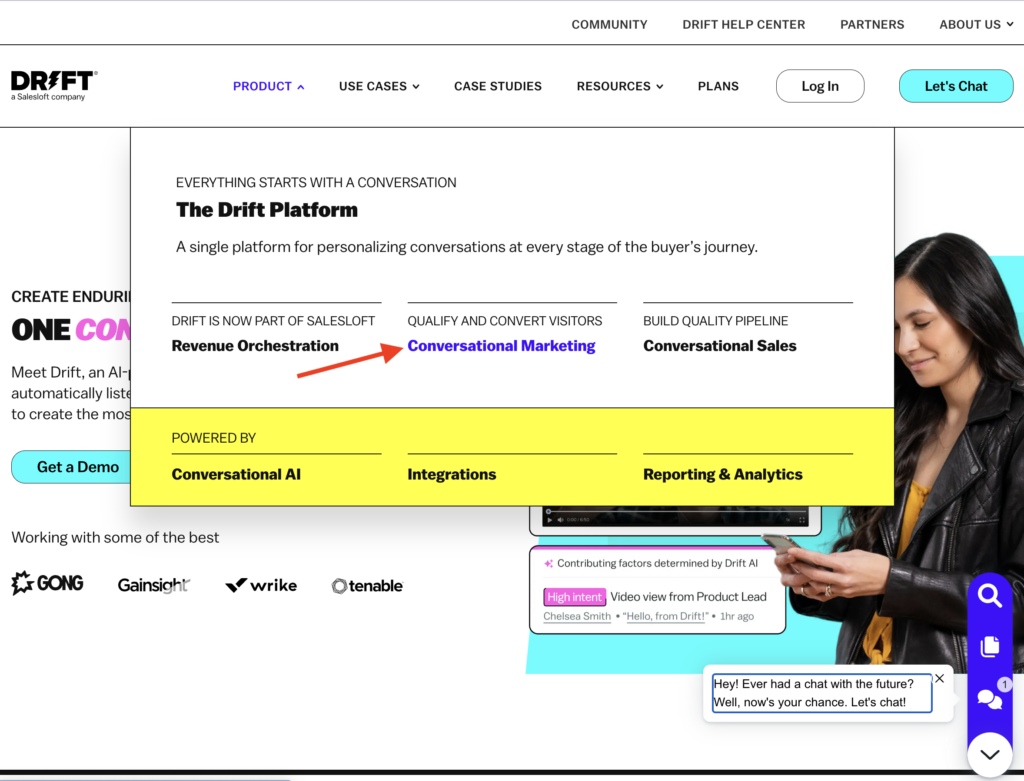
Founded in 2015, Drift began developing the concept of “conversational marketing” shortly thereafter. Over time, interest in this concept grew, reflected in Google searches.
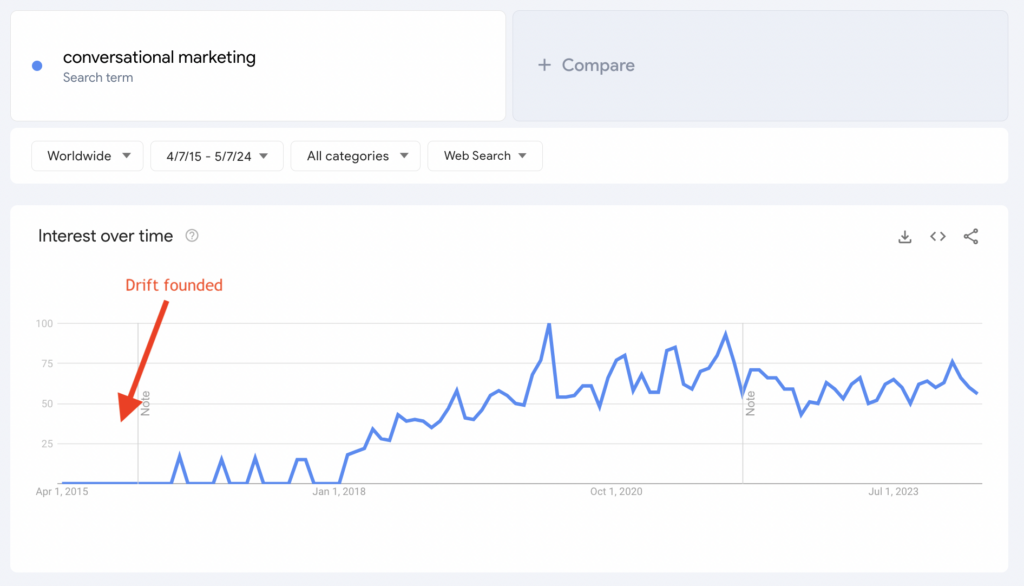
Even today, Drift maintains strong visibility on Google, prominently ranking for terms like “What is Conversational Marketing.”
The successful launch of conversational marketing inspired HubSpot to follow suit, creating their own beginner’s guide, positioned just below Drift’s.
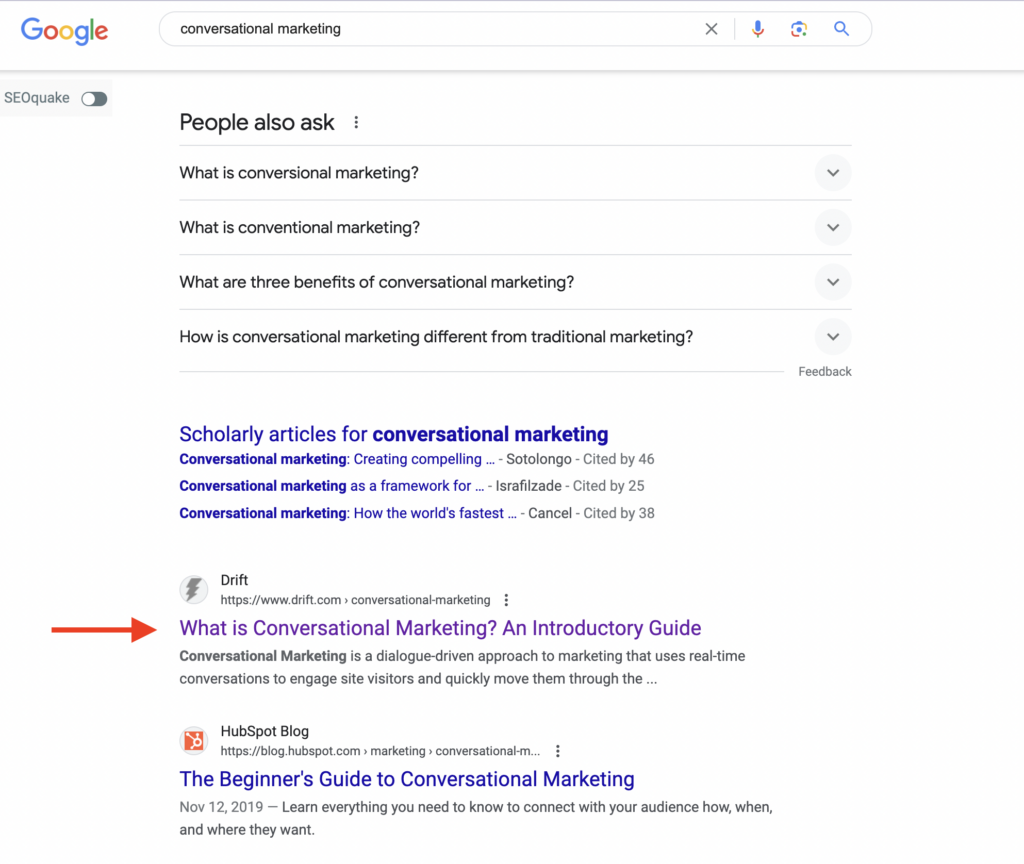
For those venturing into category creation or aiming to enhance brand search visibility, crafting customer story funnels is essential.
Feature articles have the potential to significantly boost brand search volumes, while optimizing homepage messaging can effectively guide users deeper into the website’s conversion funnel.
A notable example is Sweetgreen, the fast-casual restaurant chain renowned for its salads.
In early May, the New York Times and other publications ran stories about Sweetgreen’s decision to introduce steak to its menu. The narrative highlighted how Sweetgreen’s commitment to achieving carbon neutrality by 2027 was challenged by the environmental impact of the meat industry.
These articles triggered a substantial 36% spike in searches for Sweetgreen around May 7th, as indicated by Google Trends.
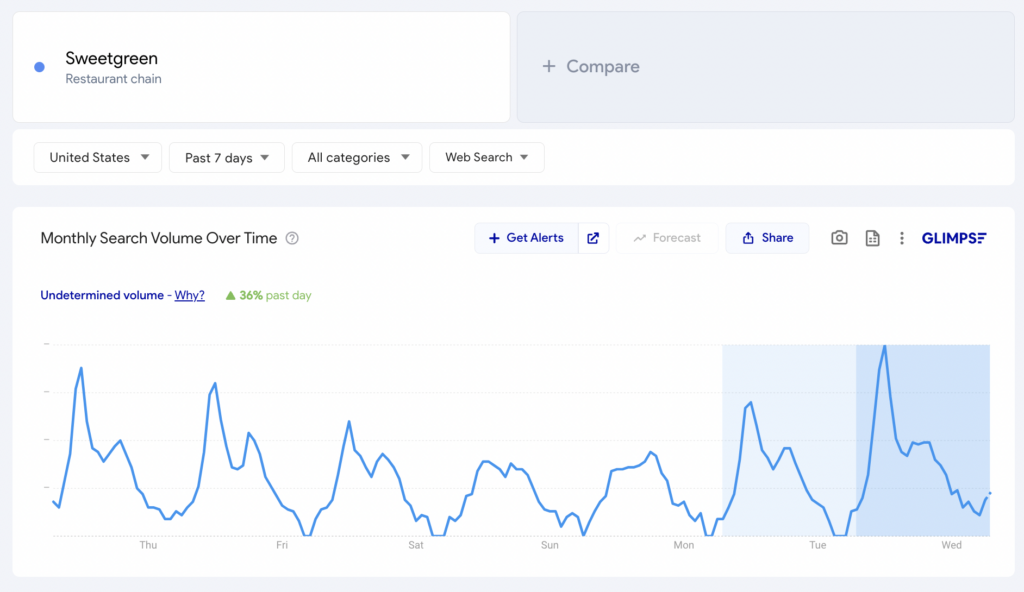
When users search for a brand, they typically land on its homepage. Have you ever noticed a surge in traffic and increased conversions from your homepage? Often, this surge results from brand searches.
Sweetgreen capitalized on this increased interest by updating its homepage banner to prominently feature the new steak offering. This approach ensures a cohesive messaging strategy that encourages visitors to either convert immediately or reinforces their awareness of the new menu item.
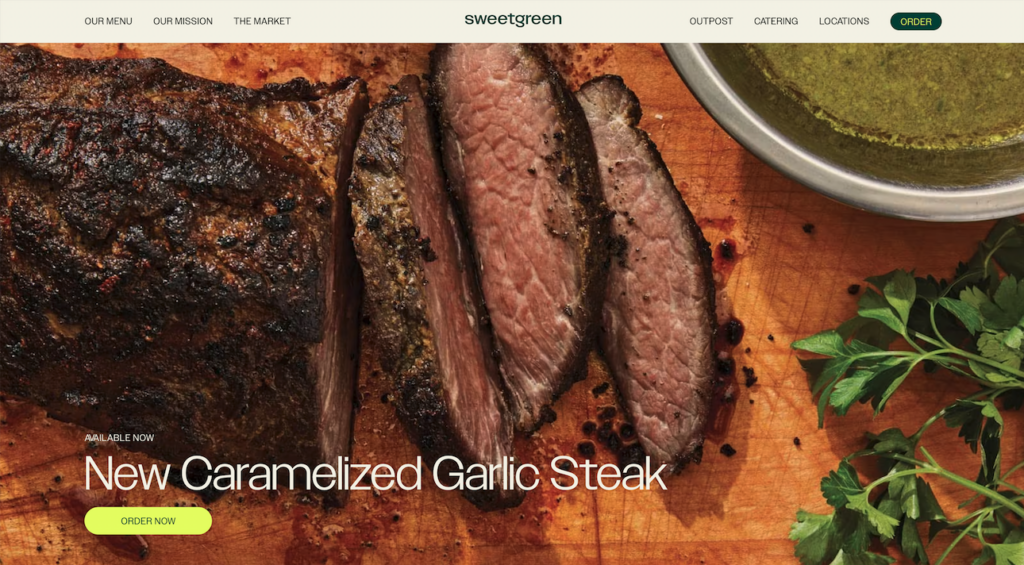
By securing feature articles that align with the messaging on the homepage, Sweetgreen effectively created a powerful funnel where audiences searching for the brand are guided seamlessly through their search engine journey.
Integrating digital PR with SEO can revolutionize content marketing strategies, resulting in improved visibility, increased website traffic, and higher conversion rates.
Websites can profoundly impact audience behavior by harmonizing content with media coverage, leveraging branded reports, innovative category guides, and strategically positioned feature articles.
The accompanying case studies underscore how these tactics can effectively capture interest, foster meaningful engagement, and stimulate substantial business growth.
Original news from SearchEngineJournal